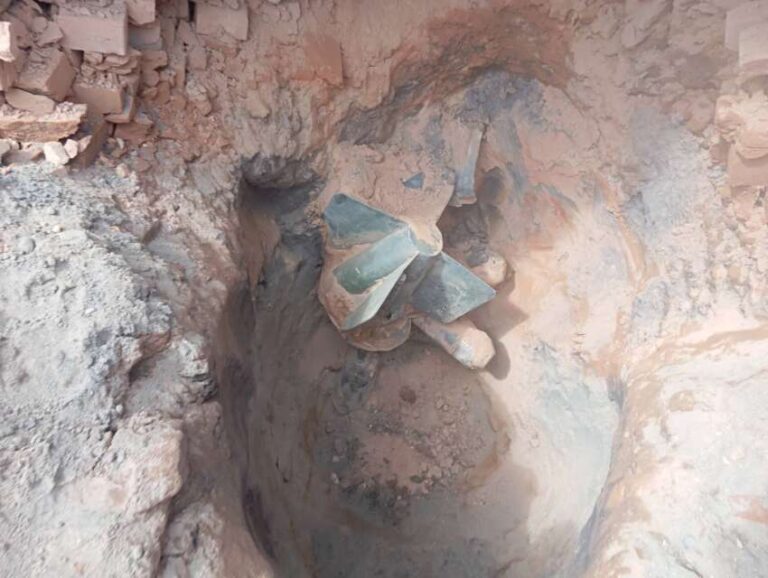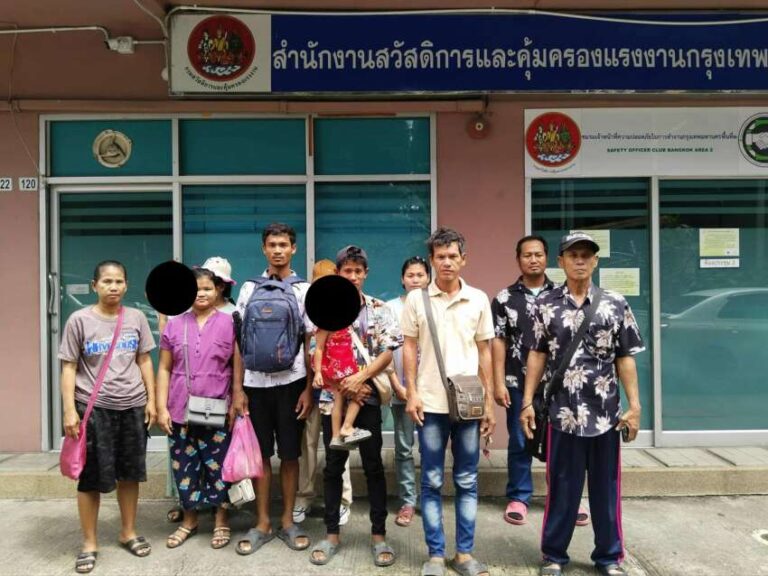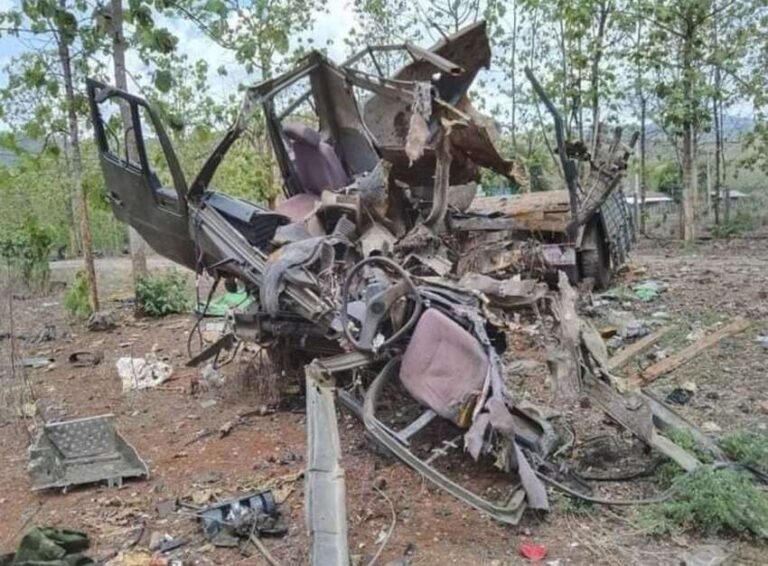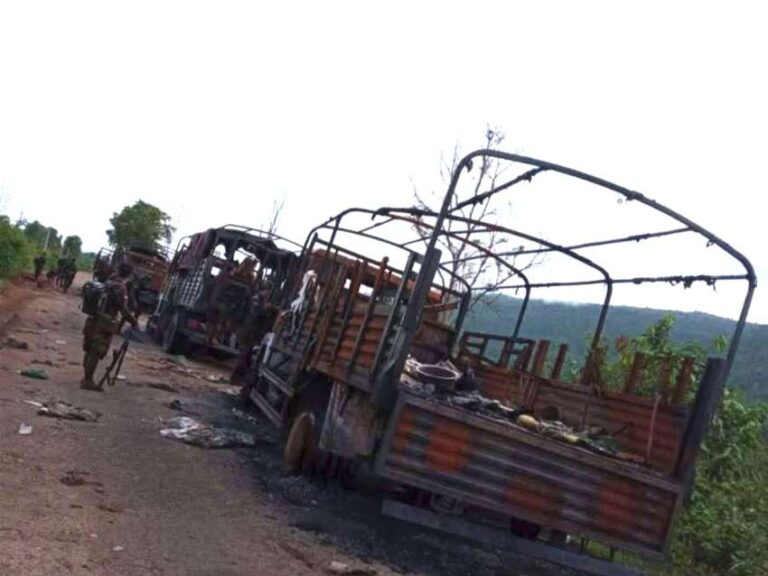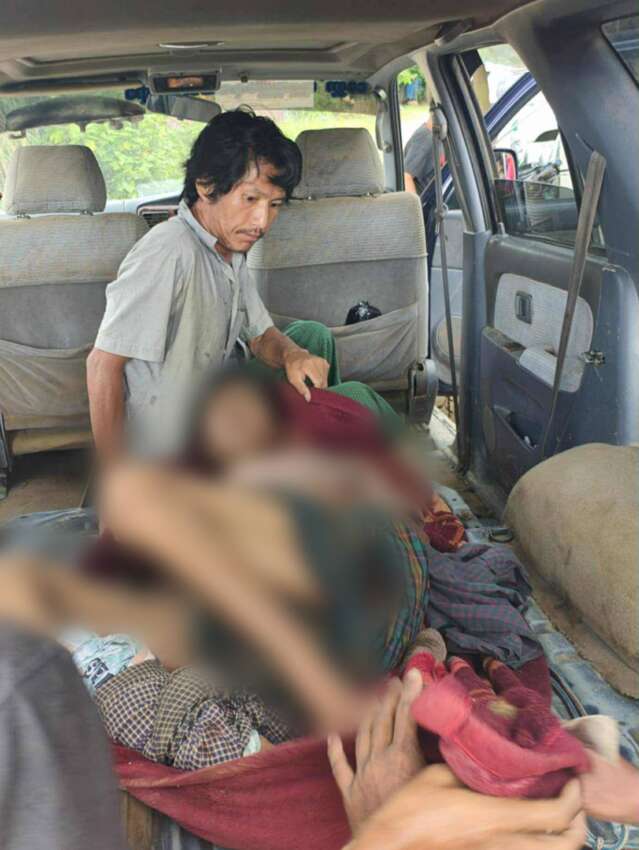
Five civilians were severely injured when the military council forces conducted a drone strike on Sha Raw Ka village in Hpakant Township, Kachin State. The attack occurred around 1 PM on August 14, targeting a civilian area in Rawam Hill within Sha Raw Ka village from the military position in Nyaung Pin Kone village. Among the injured were 16-year-old high school student Than Shang Khaing, 52-year-old Ko Win Naing, 56-year-old Ko Ye Naing, 57-year-old Ko Htoo Kyaw, and 50-year-old Ko Tin Htut, each suffering various injuries to different parts of their bodies.
According to local sources, the area was peaceful with no ongoing fighting at the time of the attack. Most villagers, particularly women and children, had already evacuated to safer locations, with only village guards remaining in the area. Before the drone strike, a woman collecting vegetables spotted a kite-like object in the sky and attempted to warn others, but the warning came too late as the bomb detonated. All those injured in the attack were confirmed to be civilians. The victims were transported to external hospitals via local charity organization vehicles operating within Sha Raw Ka village and coordinating with humanitarian groups in Hpakant town.
While previous intense fighting had occurred between the military council forces and the KIA (Kachin Independence Army) and KPDF (Kachin People’s Defense Force) in the area around Sha Raw Ka village and Nyaung Pin Kone, this particular attack took place during a period of calm with no active combat. Local sources emphasized that this was a deliberate targeting of civilian areas by the military council forces. The military’s strategic position at Nyaung Pin Kone faces the village directly, confirming the origin of the drone attack from military council forces.
The military council’s operations in the Hpakant region have been ongoing for over three months, resulting in the displacement of at least 5,000 civilians from ten villages. According to local residents, more than 60 civilians have been killed by the military forces during this period. The ongoing military operations have severely disrupted daily civilian life in the region, creating significant security risks for the local population. The situation continues to deteriorate as the military council intensifies its campaigns against civilian areas, leading to increased humanitarian concerns and displacement in the region.
